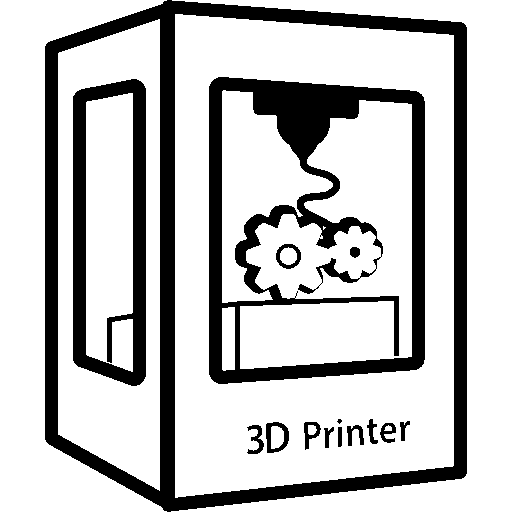I have an giga and it’s a bit finicky, I am hoping to troubleshoot. A Bambu it is not. I am a bit disappointed, because for bigger prints the printer is much less reliable so far than hoped. I had desired to be doing much more furniture design prototyping and projects than troubleshooting.
My primary issues are bed adhesion (even after good bed leveling), and layer adhesion. The first, leads to a quick failed print and sometimes a more catastrophic clog of the nozzle. The second, yields a bad quality print that has warping.
Right now I can sort of print PLA with a lot of brims (no brims, no joy) but my desired state is to print PETG, but the issues are proving too severe to get any success there.
I’ve done temperature towers, and am running hotter with a 0.6mm nozzle. I have textured pei print beds.
Anyone have any suggestions?


I think you’re right on the suggestion. It’s not enclosed and in a garage. That seems a good place to start.
Thank you.
I think I am running pla at 215 or 220. The clogging is coming from filament extrusion build up after the print fails to get adhesion. There’s no sensors to detect failed prints, like on a Bambu.
Also what’s ringing?
If you look at the wavy lines around the inlay, that’s ringing. It has to do with resonances in the printer itself. The latest hotness to get some control of this type of artifact is called input shaping. On newer printers, like the Bambu, they have an accerometer built into the printer. (And my Bambu mini will do that resonance test EVERY new print-- until I commented it out. It’s not needed that often).
Since you are running klipper, you can do input shaping adjustments quite easily. Do NOT GUESS at values. You can damage your printer that way. The documentation is very good to try and help with making improvements. You may also want to re-adjust your Acceleration after you do the resonance testing. In fact I highly recommend you run all these tests after you build an enclosure for your printer. For your extra large prints, cooling and layer time can become quite important also to prevent warping.
Garage ain’t good for printer, cold and humidity don’t mix well with 3d printing, your clogging could also come from the warp issue as print goes up, nozzle dive into printing area, it’s not able to extrude properly so melting plastic goes up and you get a clog.
Ringing is an artifact, which can be cause by speed, belt not tightened correctly, frame assembly. If everything seems to be correct, then you might look to see if your printer supports other firmware (some of them can help to reduce/eliminate it) https://cdn.shopify.com/s/files/1/0245/5519/2380/files/3d-print-ghosting.png?v=1681176108
See how the X seems to echo on the print